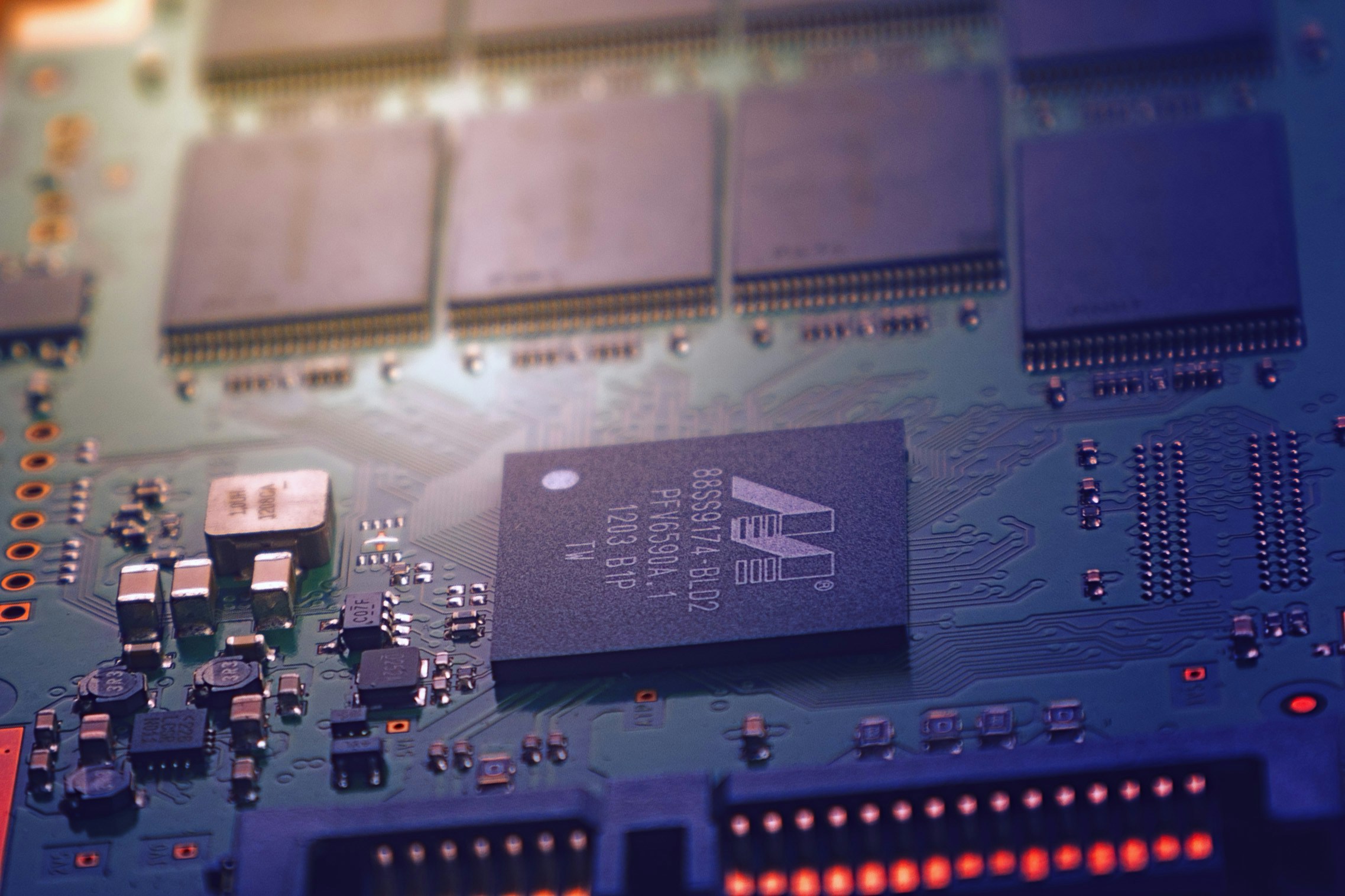Breaking Down the Intricacies of Edge Computing
Edge computing has been steadily gaining traction in the tech world, reshaping how data is processed, analyzed, and delivered. This article delves into edge computing's evolution, its current status, and its future implications. Welcome to the era of edge computing, an innovative technology that is revolutionizing data management and processing. As data generation continues to skyrocket, edge computing presents an efficient and effective solution, decentralizing the processing power and bringing it closer to the source of data. Let's demystify this fascinating tech trend.

A Closer Look at Edge Computing’s Evolution
Edge computing didn’t sprout overnight. It’s a product of years of advancements in tech and a direct response to the limitations of cloud computing. Cloud computing, while powerful, isn’t always efficient, especially when dealing with large amounts of data. Latency issues, bandwidth costs, and data privacy concerns led to the birth of edge computing.
By processing data near its source, edge computing reduces latency, ensuring real-time data processing and analysis. It also minimizes the volume of data that needs to be transferred to the cloud, reducing bandwidth costs and enhancing data privacy.
The Present State of Edge Computing
Currently, edge computing is being leveraged across various sectors, including manufacturing, healthcare, retail, and telecommunications. For instance, in manufacturing, edge computing is used to monitor equipment in real-time, detecting potential failures before they occur.
One of the significant developments in edge computing is the rise of edge data centers. These are smaller, localized data centers that process and store data closer to the source, ensuring faster response times and improved data management.
Unpacking the Market Impact of Edge Computing
Edge computing is projected to be a game-changer in the tech market. According to a report by MarketsandMarkets, the global edge computing market is expected to reach $15.7 billion by 2025, growing at a CAGR of 34.1% from 2020.
This growth is due to the increased use of IoT devices and the need for faster processing and low-latency solutions in various industries. The adoption of edge computing is also expected to create new opportunities for tech companies and startups specializing in this domain.
Future Prospects of Edge Computing
The future of edge computing is promising, with several trends shaping its trajectory. Artificial intelligence and machine learning are expected to play a significant role, with edge AI allowing for efficient data processing and real-time decision-making.
Moreover, with the advent of 5G technology, edge computing is set to thrive. 5G’s high-speed and low-latency characteristics align perfectly with edge computing’s objectives, promising faster data processing and real-time analytics.
Conclusion
Edge computing is undeniably an exciting development in the tech world. While it is still evolving, its potential to transform industries and redefine data processing is undeniable. As we continue to generate an ever-increasing amount of data, edge computing presents a viable solution, promising efficiency, speed, and improved data privacy.
In essence, edge computing is not just a trend; it’s a paradigm shift in how we handle data, and it is here to stay. As we move forward, it will be fascinating to see how edge computing shapes the future of technology and industry.





